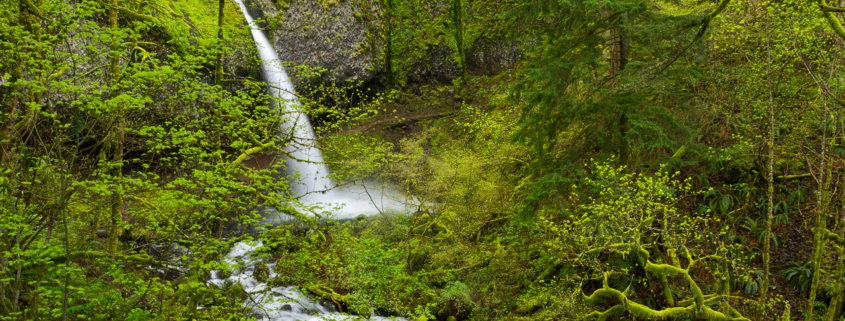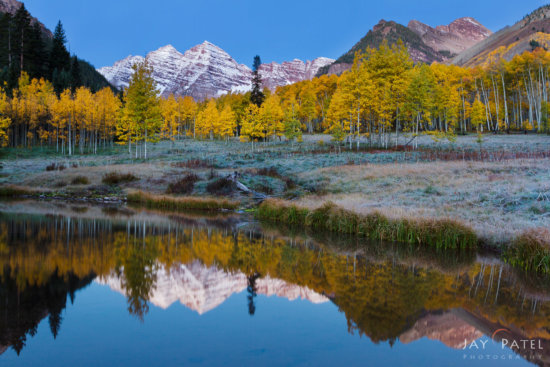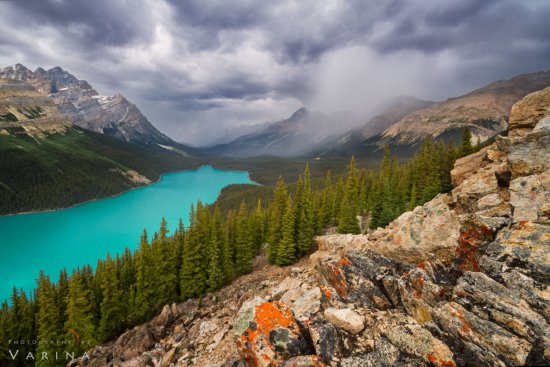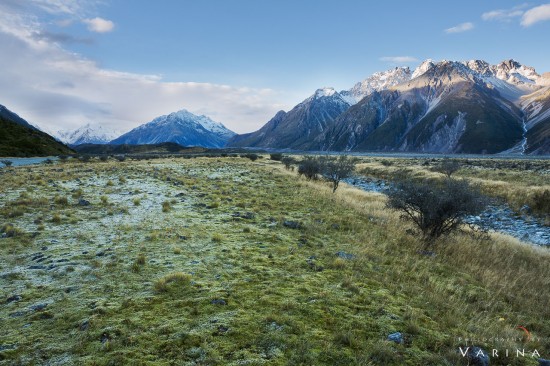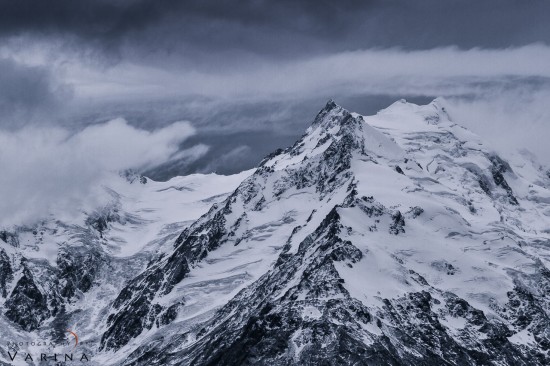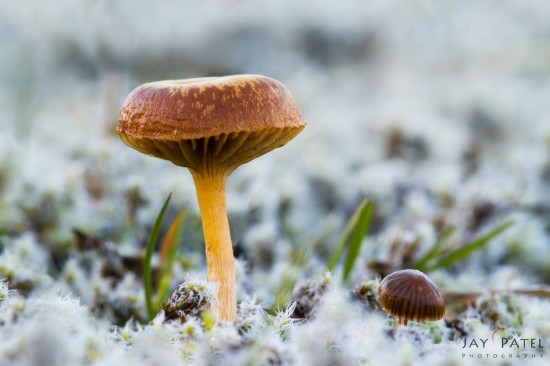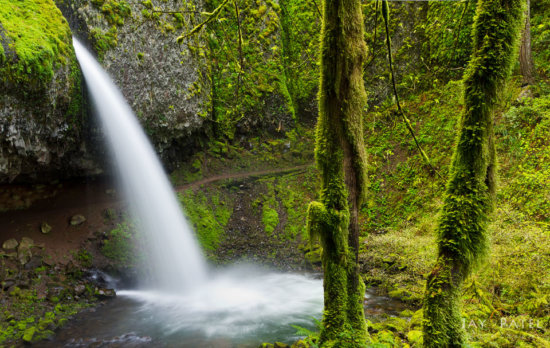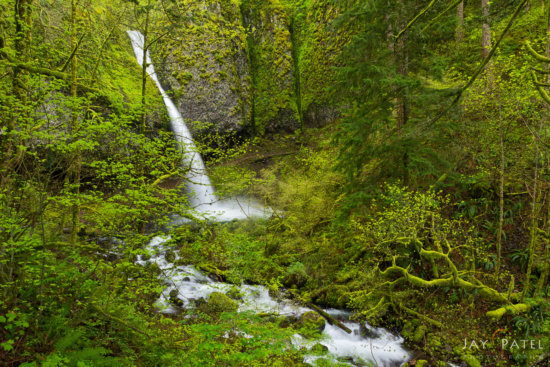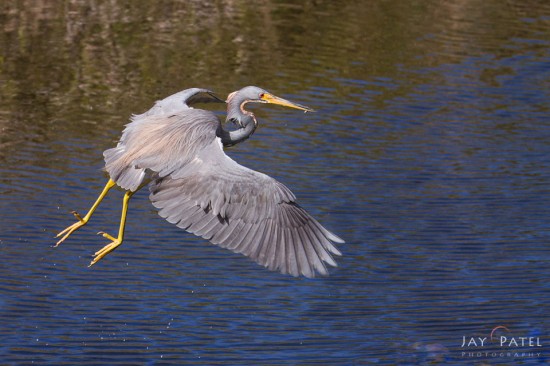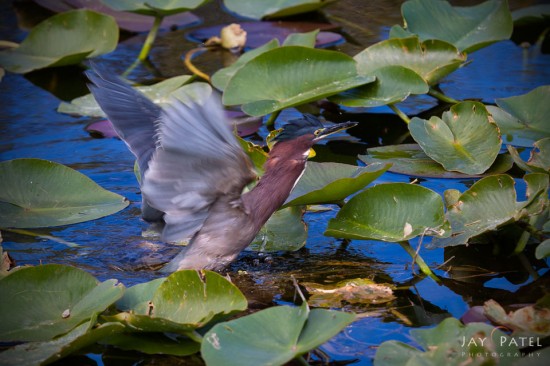5 Essential Nature Photography Composition Ideas to Memorize
We often hear nature photographers complain … there’s nothing to shoot … the light is bad… if only I had a better lens … THEN I could take the perfect shot! The truth is that creating impact with nature photography depends more on our creativity and how you view the world than on the most expensive equipment, the best “golden hour” light, or the most breath-taking location. One of the ways to overcome the challenge of not getting perfect conditions is to use nature photography composition to create impact with your photos.
Here are unusual ideas that pros use to create impact with their nature photography:
#1: Create Leading Lines
Leading lines are one of those elegant elements of an effective composition that lots of photographers are eager to use. Leading lines direct the viewer’s attention through a photograph or toward an object of interest. But finding leading lines for your nature photography composition is not always that easy. Pro nature photographers often “create” leading lines to use in their nature photos.
With a bit of creativity, you to can come up with all kinds of examples of leading lines in nature. You can form leading lines by using variety of elements including man-made elements. Here are few unusual nature photos where we have used leading lines in our photography composition.
Next time you are in need of a leading line, look around you and remember to think outside the box. You’ll start seeing leading lines that others might never notice.
#2: Use a Strong Foreground Element
Nature photographers know that you can’t always get what you want when you want it. So, what happens when you don’t get those dramatic skies and perfect clouds that light up like a fireworks show? Do you just give up and go chat with your buddies on social networks? Or find the nearest Starbucks and tell stories about that one time when the light was perfect?
Not me! I try to scout the area for foreground elements that might help me create a photograph with impact. On our last visit to the Maroon Bells, I used reflections to add interest in the foreground of this photograph. I chose to fill the frame mostly with the reflections and fall colors. A small slice of sky is enough to provide a sense of calm.
Reflections are not the only element that you can use to create an interesting foreground. In this next photograph, Varina used colorful moss that was growing in the rocks at Peyto Lake in Banff National Park as her foreground element. Using a wide-angle camera lens, she was able to get very close to the rocks in the foreground and fill the bottom third of her photo with colors and textures.
Geology, flowers, flowing water, and other local elements can be used as interesting foreground elements. Get creative with whatever you find on location! When the sky doesn’t grab your attention, find something else that will grab your viewer’s eye.
#3: Use a Narrow Perspective
One of the most effective nature photography technique is to narrow your perspective with a telephoto lens or a macro lens. The first photo is one we shot in New Zealand. Despite the fact that the light is a bit harsh… certainly not the ‘golden hour ideal’ that nature photographers look for, it’s still a gorgeous area with mountains, grass and moss growing around us, and a beautiful sky. As you stir up your creativity, you can see that there is an abundance of different photographic opportunities all around you, even with the less-than-ideal light conditions.
The shot below is one that Varina took using a telephoto lens. She first scouted out the scene and decided to focus her attention on the single mountain on the far left side of the first photo’s frame. Her objective was to capture the subtle light and shadows on the mountain and then convert the photo (in post-processing) to black-and-white. The nature photography workflow that she followed was completely directed at accomplishing this goal.
While she was focused on that distant mountain, I was standing only ten feet to her left. I used a macro photography lens and narrowed my perspective down to the smallest details around me… tiny beautiful mushrooms growing out of the blue-green moss around my feet. To capture my image, I had to follow a very different workflow than the one Varina used. I laid flat on my stomach with my camera as close to the ground as possible to capture this tiny mushroom no more than ½” tall.
As you compare these two nature photos, you can see that they are vastly different. They each have a very different subject… completely different workflow… different reasoning for how the desired image was captured … and different post-processing. The one thing these two photos have in common? They were shot ten feet apart with camera lenses to create a narrow perspective.
#4: Size Matters in Photography Composition
It can be challenging to find a good nature photography composition in a cluttered environment like a rain forest. One of the photography composition techniques we use for cluttered scenes is to isolate elements by size. This helps them stand out against a cluttered background and clearly identifies those elements as “more important” than smaller elements within the frame.
Take a look at the photo of Ponytail Falls in Columbia River Gorge (Image #1). I composed the photograph so that the waterfall and the foreground trees appear to be larger than the rest of the elements. In doing so, I was able focus the attention of the viewer on these three elements.
Here is a different photography composition of the same waterfall where the size of the waterfall dominates the scene . Here, I have use the size of the waterfall to make is the most dominant object in my photo. This combined with the leading line created the the stream focuses viewers attention on the Ponytail Falls. So making your subject appear larger than the objects around it is an effective way to isolate it in an cluttered scene.
#5: Avoid Competing Elements
If you want to focus your viewers attention on the subject you are trying to focus, it is important to make sure that you make all possible efforts to avoid distracting elements that compete with your subject. Compare these two wildlife photos to see how distracting elements within the frame can impact a nature photography composition. I captured the action in both shots beautifully – but the first photo (Image #3) is much stronger than the second one (Image #2).
Take a look at the first photo of little blue heron in flight. The bird is well isolated against a uniform background – the cool blue waters of the Shark River in Florida. The viewers attention is focused directly on the heron. The uniform background allows the viewer notice the details of the bird – the impressive shape of his body, the patterns in his feathers… even the tiny fish he has caught in his beak.
The second wildlife photo (Image #4) shows a green heron in action. He has also caught a little fish and is preparing to take flight. In this photograph, the subject has to compete for your attention – the foliage around it is distracting and the green heron nearly gets lost in the photograph.
When composing a photograph, pay attention to the competing elements in the scene. Eliminating distractions helps the viewer focus directly on the subject.
The nature photography composition techniques discussed in this article allow you to come away with breathtaking nature photos no matter what. So, the next time you believe there’s nothing to shoot… draw upon your creativity. Remember that every location, no matter the environmental conditions, has SOMETHING of interest to capture.
Do you use any of these techniques for nature photography? Feel free to share your own creative nature photography ideas in the comments below.

